Updated on February 2nd, 2024
Most students are aware of the Ivy League, even if they aren’t entirely sure which schools qualify. Generally, Ivy League institutions have an air of prestige simply by their association with the concept, as they’re broadly considered some of the nation’s most elite and selective colleges and universities. As a result, going to an Ivy League school is often quite appealing to students.
If your student wants to attend an Ivy League or an Ivy-equivalent school, scholarships can make it much more affordable. If you and your student want to learn about college scholarships, sign up for our free college scholarship webinar! Take a quick trip over to http://thescholarshipsystem.com/freewebinar to reserve a spot today.
However, before students launch their college search, it’s helpful to understand what Ivy League schools are and whether attending one comes with any unique benefits. Additionally, students should explore Ivy equivalents, as they often offer exceptional educational experiences. If your student is curious about the Ivy League, here’s what they need to know.
Contents
What Is the Ivy League?
The Ivy League is a set of eight private colleges and universities located in the Northeastern part of the United States. Generally, they’re collectively considered to be highly prestigious or elite, as they have a long-standing reputation for academic excellence. Plus, they’re recognized for having highly selective admissions processes.
Ivy League institutions are also some of the oldest schools in the nation. They often attract highly respected professors, conduct cutting-edge research, and produce high-achieving graduates.
The Ivy League also benefits from name recognition far above the average. Many of the schools aren’t just known to locals or people from the United States. Instead, they’re world-renowned institutions that are recognized by people far and wide.
Finally, Ivy League schools can come with opportunities to make exceptional social or career connections, particularly since many students and alumni achieve great success. Being a part of the school’s legacy is typically considered a point of pride, so many graduates continue supporting the school and any former or subsequent graduates. Often, that opens doors for those who’ve also attained degrees from these prestigious institutions.
Why Is It Called Ivy League?
The term “Ivy League” was originally a reference to an athletic conference that brought together the eight universities that are still referred to as the Ivy League. “Ivy” was chosen as part of the description because many of these schools had ivy planted on their campuses. During the 1800s, classes would often plant ivy near campus buildings during the spring, so the act of planting the ivy turned into a tradition.
Due to the age of many of the schools, ivy was clearly visible along various building walls, making the name feel apt. Today, there are still ivy-covered surfaces at these institutions, so the name remains as appropriate now as it was when it was coined.
What Is the Most Prestigious Ivy League School?
Generally, Harvard is considered the most prestigious Ivy League school. It’s the oldest higher educational institution in the nation. Plus, it’s the most selective when it comes to admissions. It’s also known for exceptional academics and research university, and you’d be hard-pressed to find a school with more name recognition in higher education than Harvard.
However, it’s critical to note that Harvard isn’t always considered the top college or university in the United States. Depending on the rankings list viewed, the highest spot may go to another college or university, usually one that’s also part of the Ivy League. For example, Princeton may outrank Harvard on some lists, as it also offers exceptional academics, is known for a challenging admissions process, and has a stellar reputation with excellent name recognition.
What Are the Eight Ivy League Schools?
In total, there are eight Ivy League schools. Here is a list of the colleges and universities that are part of the Ivy League:
- Brown University
- Columbia University
- Cornell University
- Dartmouth College
- Harvard University
- Princeton University
- University of Pennsylvania
- Yale University
Is The Ivy League Still Relevant Today?
Many students wonder if the Ivy League remains relevant, particularly in a landscape with so many colleges and universities with strong reputations. While it’s undeniably possible to find an exceptional academic program at a variety of other schools, there are some advantages to attending (and graduating from) an Ivy League institution.
Ivy League universities are classically known for offering admitted students some of the highest quality educational experiences around, and they commonly rank among the best colleges on nearly any list. Additionally, students who graduate from them are potentially seen as more employable in their fields. Name recognition plays a factor when credentials are reviewed by recruiters or hiring managers, and few school names are as well-known as those associated with the Ivy League.
On average, an Ivy League education is also associated with higher earning potential when compared to other four-year institutions. Plus, alumni are typically highly supportive of their associated school, and that helps the college and university secure more funding and different types of support.
Due to their prestige, Ivy League schools are also known for attracting some of the best professors in their respective fields. There are also more opportunities to participate in intriguing research, and many facilities are better equipped at Ivy League universities than in some non-Ivy counterparts.
However, that doesn’t mean an Ivy League education is the best fit for every student. The atmosphere at some Ivies is considered a bit stuffy or posh, and that might not suit everyone. While the rigorous academic programs are beneficial, the coursework is often highly challenging, which can add stress to the environment. Additionally, expectations related to student performance are often quite high, as these schools often have student bodies featuring many of the best and brightest students, and that can also make the school feel more stressful.
Similarly, there is a slew of other schools with excellent reputations. As a result, not going to an Ivy League university doesn’t mean career success isn’t possible, so students should keep that in mind.
Other Ivies: What Are the Ivy League Equivalent Schools?
In the simplest sense, Ivy League equivalent schools are educational institutions that offer an experience similar to that of the Ivy League. Academic excellence is a standard feature. Additionally, many have strong cultures, fantastic reputations, and solid athletic programs.
Within the world of Ivy adjacent schools are several subcategories, including Public Ivies, Little Ivies, Hidden Ivies, and New Ivies. Here’s a closer look at these institutions, including what they are, what they offer, and which schools qualify.
What Are the Public Ivies?
Ivy League universities are all private institutions, so they don’t receive any public (or government) funding to operate. Public Ivies are schools that offer an Ivy League-style educational experience through a public institution instead of a private one. Often, they include long-standing institutions with reputations for academic excellence that happen to rely on public funding.
Many schools are classically considered Public Ivies. Here is a list of the national universities and colleges that are generally considered Public Ivy schools:
- Binghamton University
- Indiana University-Bloomington
- Miami University
- Michigan State University
- Ohio State University
- Pennsylvania State University
- Rutgers, The State University of New Jersey
- University of Arizona
- University of California-Berkeley
- University of California-Davis
- University of California-Irvine
- University of California-Los Angeles
- University of California-San Diego
- University of California-Santa Barbara
- University of Colorado-Boulder
- University of Connecticut
- University of Delaware
- University of Florida
- University of Georgia
- University of Illinois-Urbana-Champaign
- University of Iowa
- University of Maryland-College Park
- University of Michigan
- University of Minnesota-Twin Cities
- University of North Carolina-Chapel Hill
- University of Texas-Austin
- University of Virginia
- University of Washington
- University of Wisconsin-Madison
- William & Mary
As public institutions, Public Ivies are usually larger than Ivy League schools. The student body is typically more sizeable, and that can increase diversity. There may also be a wider array of non-academic programs available, as the bigger student body can justify them.
Additionally, tuition rates are typically lower at Public Ivies, which can make these colleges a more affordable or cost-effective option. However, endowments are generally smaller at these universities when compared to the Ivy League.
What Are the Little Ivies?
Little Ivies are a set of small liberal arts colleges known for an Ivy League-like experience. Overall, they usually offer solid academics and are often known for having highly selective admissions processes.
The Little Ivys generally includes every school in the New England Small College Athletic Conference. However, some other elite liberal arts schools in other parts of the country are also viewed as qualifying.
Here is a list of Little Ivies:
- Amherst College
- Bates College
- Bowdoin College
- Colby College
- Connecticut College
- Hamilton College
- Haverford College
- Lafayette College
- Middlebury College
- Swarthmore College
- Trinity College
- Tufts University
- Vassar College
- Wesleyan University
- Williams College
With a smaller liberal arts college like any of those on this list, there are some differences when compared to certain alternatives. The student bodies at Little Ivies have fewer students than the student body you find at Public Ivies. They also focus heavily on undergraduate education, not doctoral degrees, while Ivy League schools and Public Ivies often have programs catering to undergraduate and graduate students.
It’s also critical to note that Little Ivies are sometimes referred to as Baby Ivies. However, using Baby Ivies isn’t as popular since that phrase is also used to describe elite preschools or K-12 schools that help students increase their odds of getting accepted at an Ivy League institution. As a result, it’s usually best to call the colleges and universities above Little Ivys instead, as that eliminates any potential sources of confusion.
What Are the Hidden Ivy Schools?
Hidden Ivies consist of highly selective undergraduate schools that offer top-quality educational experiences. They generally rival the Ivy League when it comes to academic quality, but they aren’t as widely known as those eight elite schools. As a result, they’re comparatively less popular.
The Hidden Ivys category includes a variety of institutions, ranging from small colleges to massive universities. However, it’s primarily made up of liberal arts colleges, and the average size does tend to skew smaller than the average size of Public Ivys.
When it comes to admissions, getting into Hidden Ivies is challenging. Many of the schools are known for strict standards and low acceptable rates, not unlike their Ivy League counterparts. However, they are generally considered easier to get into than the eight Ivy League colleges, albeit by a somewhat small margin.
Generally, the Little Ivies are included on Hidden Ivy schools lists, as well as some additional institutions. Here’s a list of what many consider the Hidden Ivies:
- Amherst College
- Barnard College
- Bates College
- Boston College
- Bowdoin College
- Brandeis University
- Bryn Mawr College
- Bucknell University
- Carleton College
- Case Western Reserve University
- Claremont McKenna College
- Colby College
- Colgate University
- College of the Holy Cross
- Colorado College
- Davidson College
- Denison University
- Dickinson College
- Duke University
- Emory University
- Fordham University
- Franklin and Marshall College
- Georgetown University
- Grinnell College
- Hamilton College
- Haverford College
- Johns Hopkins University
- Kenyon College
- Lafayette College
- Lehigh University
- Macalester College
- Middlebury College
- Mount Holyoke College
- Northwestern University
- Oberlin College
- Pomona College
- Reed College
- Rice University
- Skidmore College
- Smith College
- Southern Methodist University
- Stanford University
- Swarthmore College
- Trinity College
- Tufts University
- Tulane University
- Union College
- University of Chicago
- University of Notre Dame
- University of Richmond
- University of Rochester
- University of Southern California
- University of the South
- Vanderbilt University
- Vassar College
- Villanova University
- Wake Forest University
- Washington and Lee University
- Washington University in St. Louis
- Wellesley College
- Wesleyan University
- Williams College
What Are the New Ivy League Schools?
New Ivies (or New Ivys) is a relatively recent concept, and it focuses on schools that have exceptional academic experiences and highly talented faculty members but don’t typically secure the same endowments that genuine Ivy League colleges receive.
New Ivies are also not limited to New England, and the schools include a mix of private and public institutions. The size of the student body may also vary, as well as the difficulty of gaining admission. However, most would consider admission requirements more challenging than those found in non-Ivy League or adjacent colleges.
On average, New Ivys have lower tuition costs than their prestigious brethren. But it’s critical to point out that the cost of attendance does vary, so students need to examine any school they’re considering closely to estimate the financial side of the equation.
THE RISE OF NEW IVYS
When it comes to a prestigious education, Ivy League and some Ivy League adjacent schools (like MIT and Stanford) are broadly considered world-class educational options. However, the number of top-quality colleges increased dramatically when the number of students heading to universities skyrocketed in the early to mid-2000s.
The biggest driving factor in the development of New Ivies was a substantial number of students with the qualifications to attend Ivy League schools, but those universities did not have the capacity to admit them. Essentially, this upsurge generated significant demand for excellent academic programs.
Plus, rising numbers of students meant colleges and universities could justify the cost of offering more to an increasingly substantial and diverse student body. In turn, more Ivy adjacent schools began emerging.
New Ivies aim to offer similar academic experiences to traditional Ivy League institutions along with stellar cultures to ensure student satisfaction.
WHAT MAKES NEW IVIES DIFFERENT FROM THE IVY LEAGUE?
From an academic perspective, New Ivys offers highly similar experiences to their students. They may operate as a major national research university, offer in-demand degrees like computer science and political science, provide excellent support to international students, and have programs for students to spend a semester studying abroad.
Additionally, like Ivy League colleges, New Ivies may have a low student-faculty ratio and competitive financial aid packages designed to attract top-quality applicants. Finally, students can usually access less conventional course options at both types of institutions, leading to more educational variety.
However, New Ivys do stand apart in a few key ways. Generally, they’re more affordable when compared to Ivy League universities. Partially, that’s because public colleges and universities are a substantial part of the category and are classically less expensive to attend.
Additionally, the cultural atmosphere is often more relaxed, which many students find highly appealing. This doesn’t mean the programs aren’t rigorous or students don’t take their academics seriously. Instead, it may simply seem a bit less stuffy.
Among public New Ivies, the size of the student body is potentially quite substantial. As a result, it can create a more diverse atmosphere on campus. Plus, since these schools feel more accessible, they may attract more students with different backgrounds, unique cultures, or a broader array of countries, further enhancing diversity.
WHICH SCHOOLS ARE NEW IVYS
Which schools qualify as New Ivies isn’t formally outlined. There isn’t a list of explicit criteria colleges or universities must meet to qualify, and the category isn’t officially recognized. Instead, it’s far more conceptual than concrete.
As a result, some lists may include colleges that others don’t feature. Still, there are several universities and colleges that are generally considered to fall into this category.
Here is a list of the New Ivy League schools:
- Boston College
- Bowdoin College
- Carnegie Mellon University
- Colby College
- Colgate University
- Davidson College
- Emory University
- Harvey Mudd College
- Kenyon College
- Macalester College
- New York University
- Olin College of Engineering
- Pomona College
- Reed College
- Rensselaer Polytechnic Institute
- Rice University
- Skidmore College
- Tufts University
- University of California-Los Angeles
- University of Michigan
- University of North Carolina-Chapel Hill
- University of Notre Dame
- University of Rochester
- University of Virginia
- Vanderbilt University
- Washington University-St. Louis
It’s also critical to note that additional schools may end up meeting what many treat as the requirements for status as a New Ivy. Demand for a high-quality academic experience remains high, so that could entice other colleges and universities to elevate their experiences to attract top-notch students. As a result, even if a college or university isn’t on this list, that doesn’t mean it can’t offer what students interested in New Ivys are after.
Want to learn more about Ivy League Scholarships? Check out this video from our YouTube channel:
If you and your student want to learn about college scholarships, sign up for our free college scholarship webinar! Take a quick trip over to http://thescholarshipsystem.com/freewebinar to reserve a spot today.
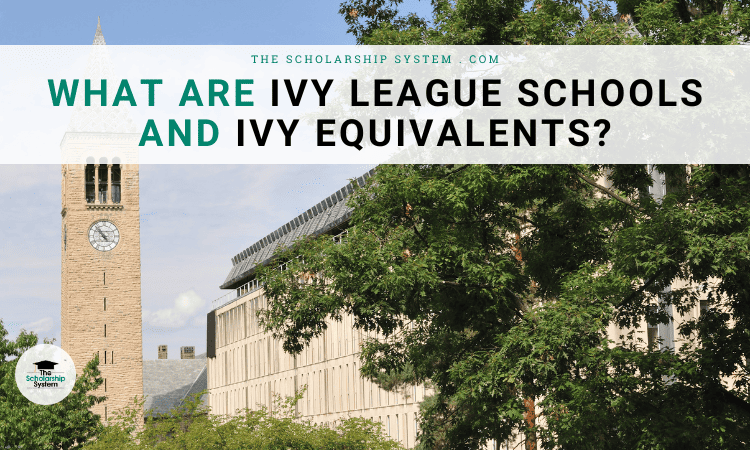

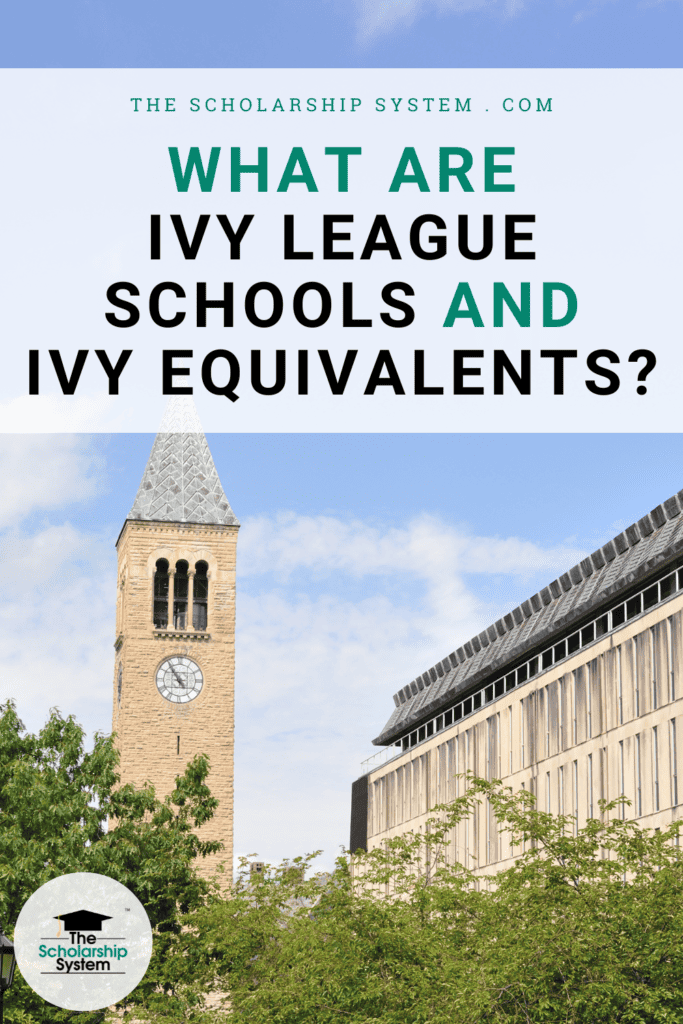
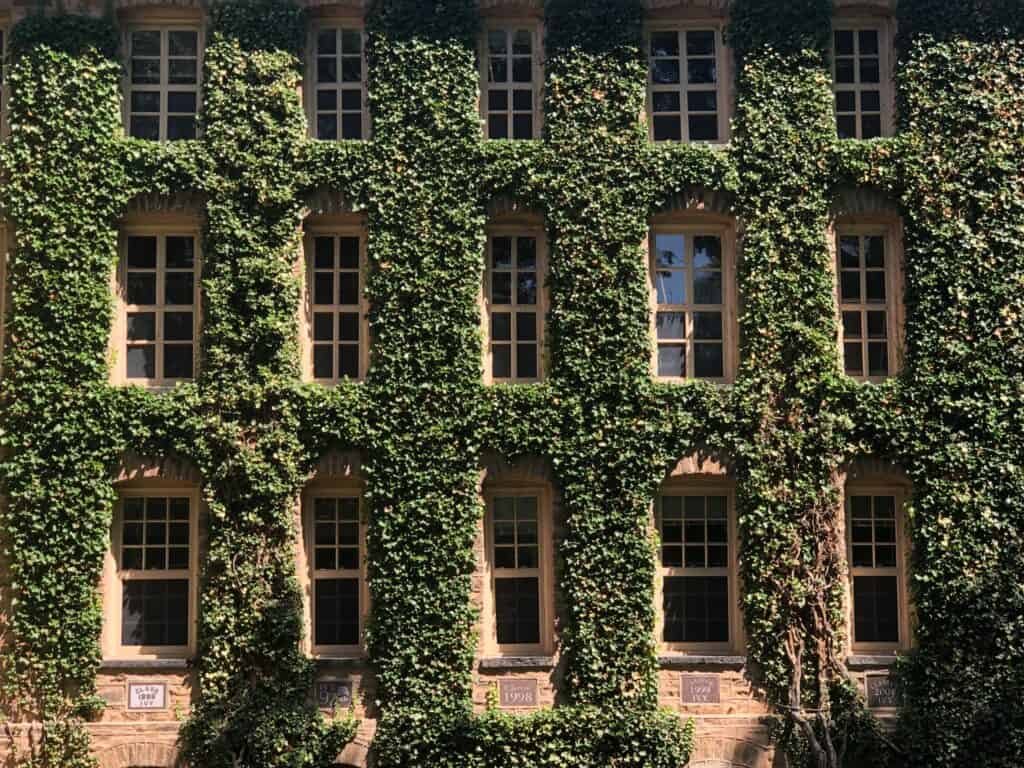
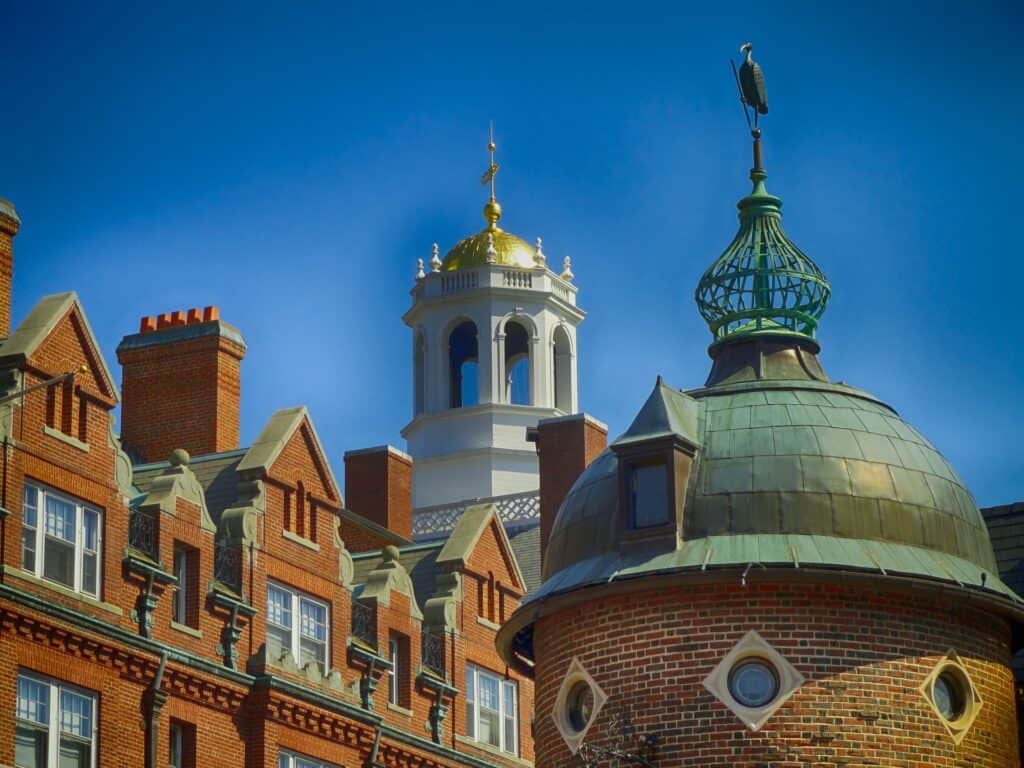
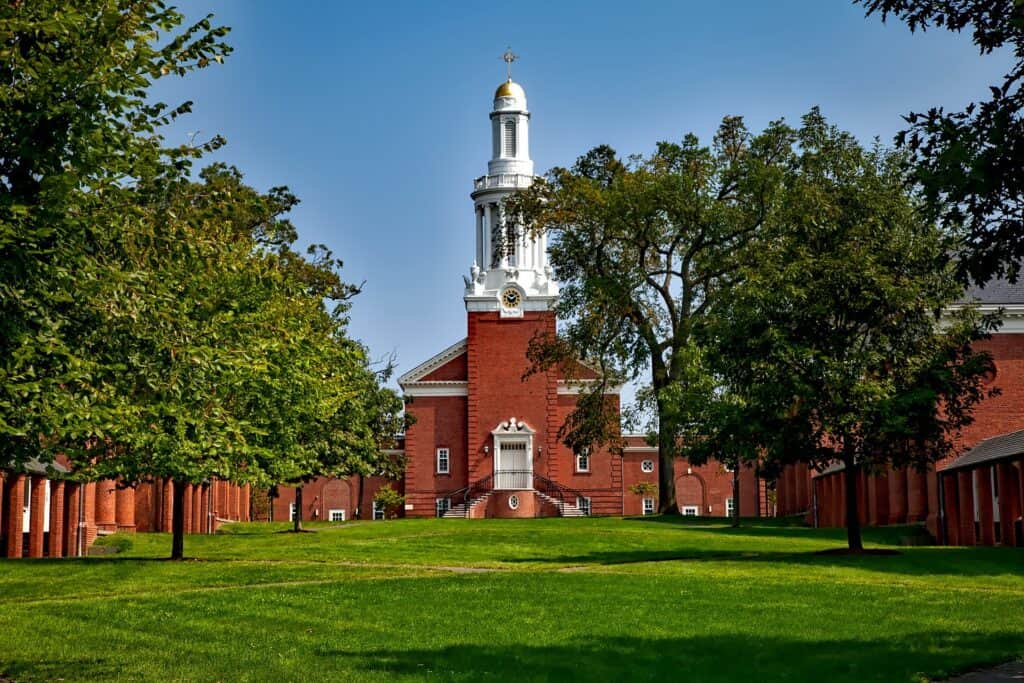
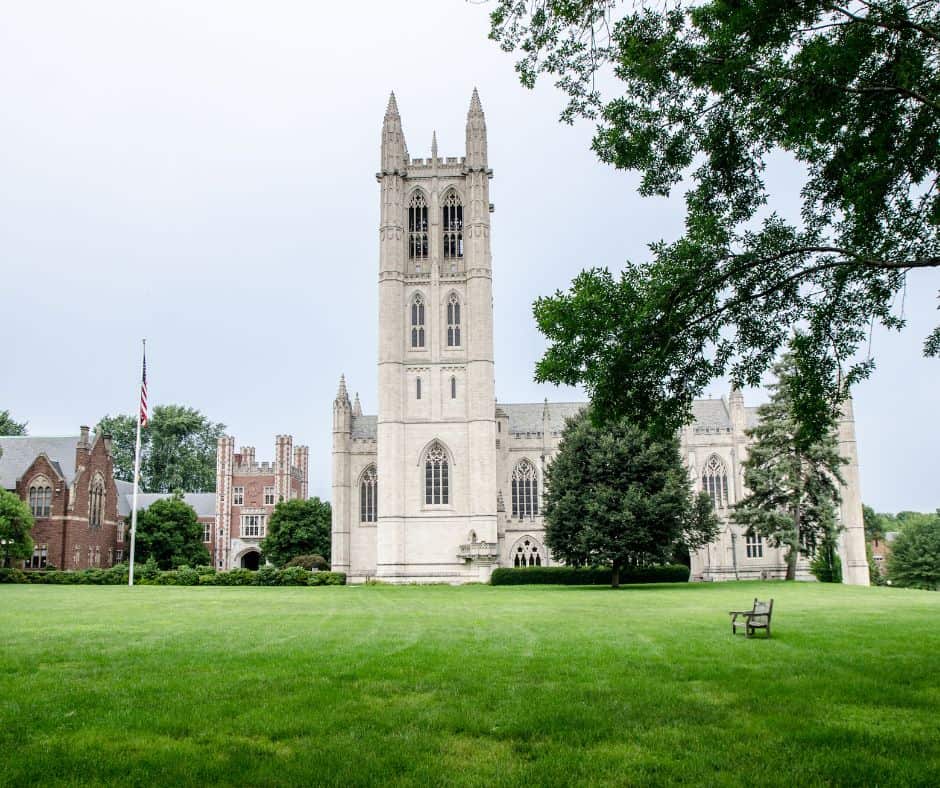
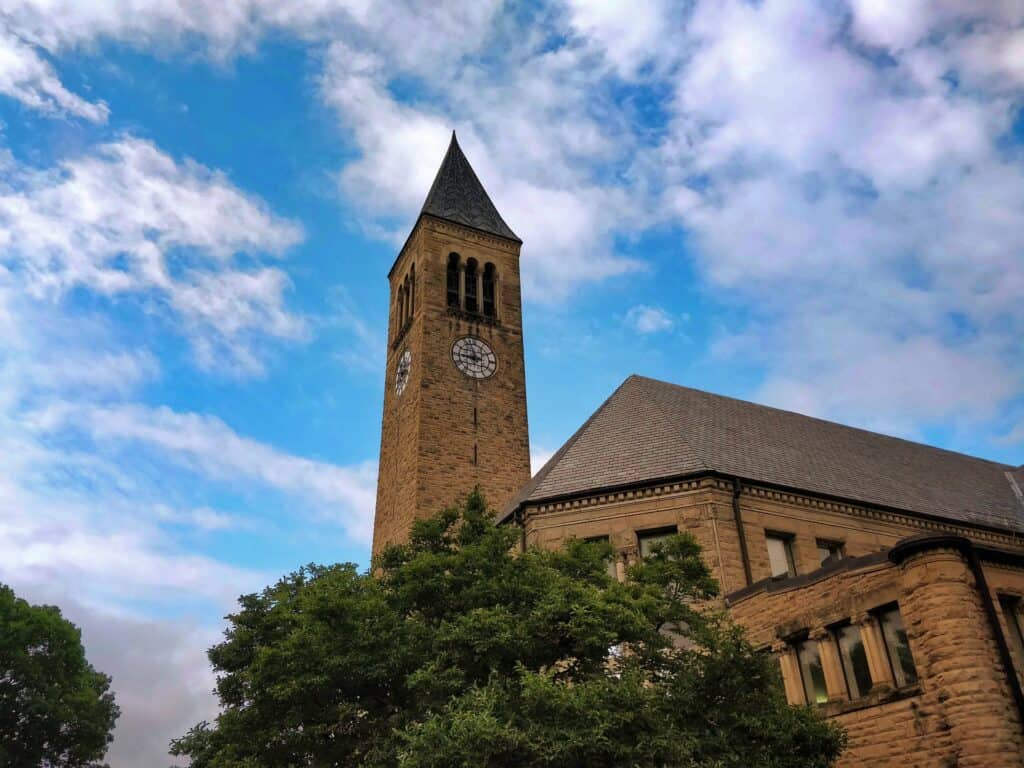

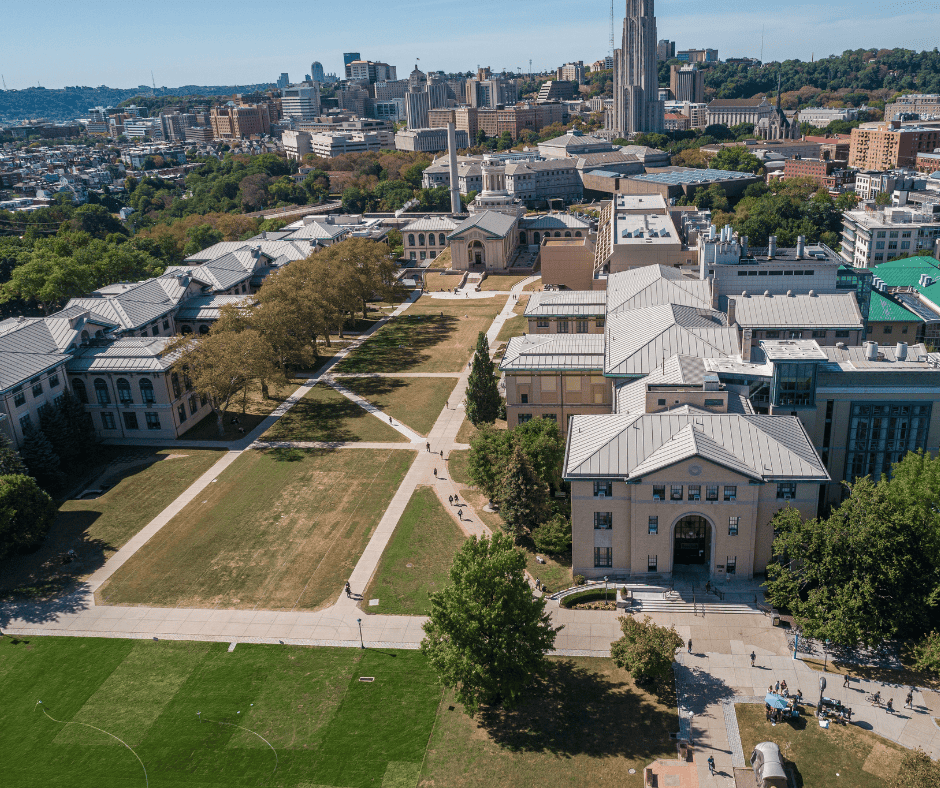


Leave a Reply